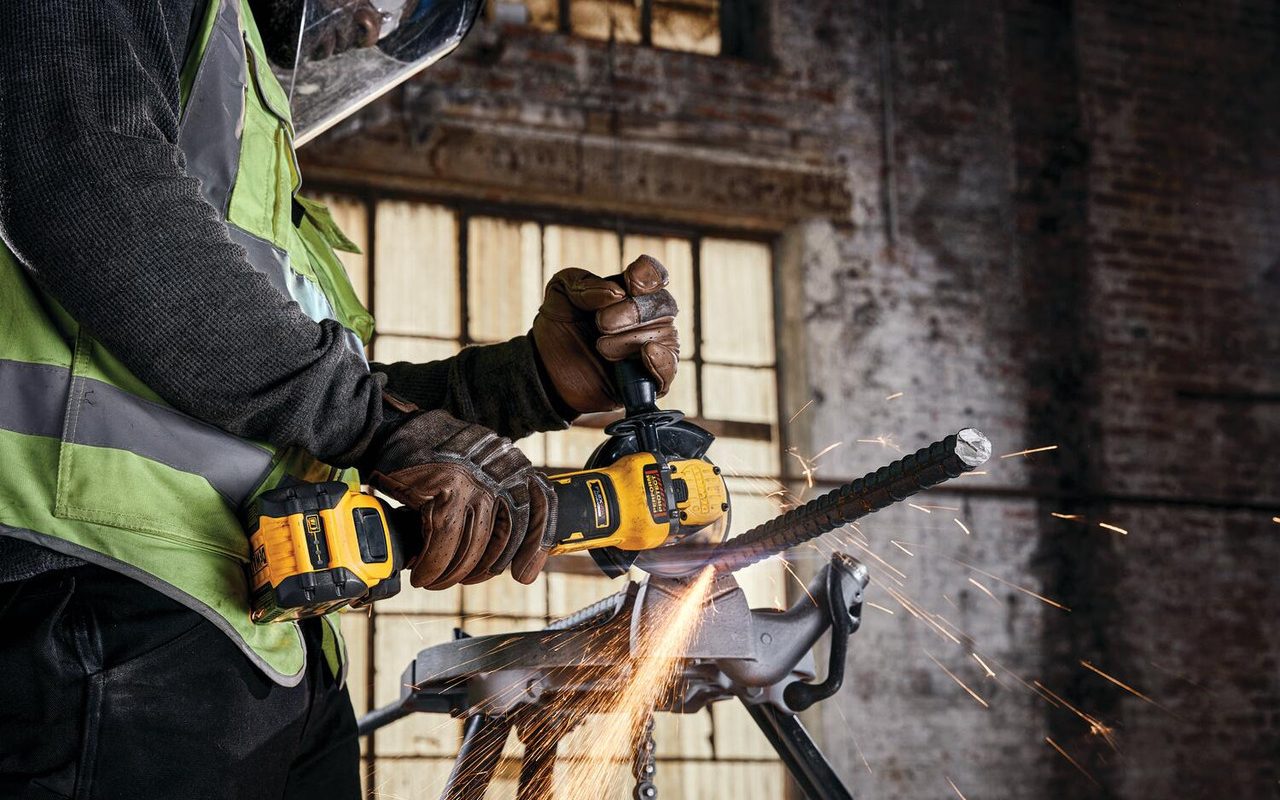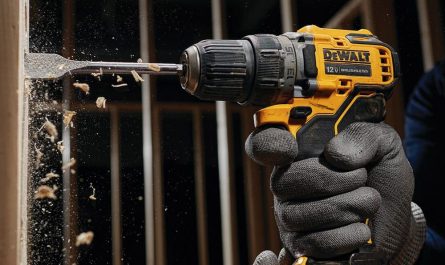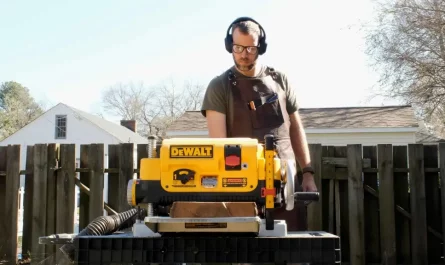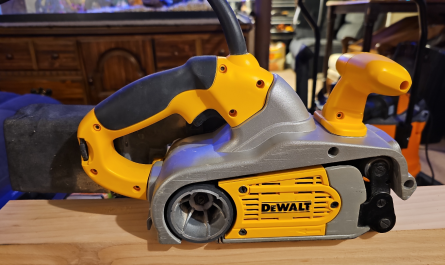Among the essential tools in modern carpentry and construction, the angle grinder stands out for its unmatched versatility. Originally designed for cutting and grinding metal, the angle grinder has evolved into a multi-purpose tool capable of handling a wide range of woodworking and renovation tasks—from sanding and polishing to shaping and carving.
This article dives deep into the history, technical specifications, uses, types, and best practices for using angle grinders in a woodworking context. You’ll also find expert tips on choosing the right model, staying safe, and maintaining it for long-term reliability and performance.
History and Evolution of the Angle Grinder
The angle grinder was first developed in the mid-20th century for use in metal fabrication. It featured a rotating abrasive disc powered by an electric motor, ideal for cutting through tough materials like steel and concrete. Over time, manufacturers expanded the design, making angle grinders lighter, more powerful, and compatible with a wide range of attachments.
In woodworking, angle grinders are now frequently used with specialized discs made for sanding, shaping, carving, and surface preparation. This transition has turned what was once a metalworking tool into a flexible powerhouse for carpenters and DIYers alike.
Types of Angle Grinders and Their Applications
1. Corded Angle Grinder

Description and Use:
Corded angle grinder is a powerful and reliable tool widely used in construction, metalworking, and woodworking. Unlike cordless models, it draws continuous power from an electrical outlet, ensuring consistent performance without the need to recharge batteries. This makes it ideal for heavy-duty tasks and extended use, especially in professional workshops or job sites where constant power is essential.
Corded angle grinders are commonly used for cutting, grinding, sanding, sharpening, and polishing a variety of materials, including metal, stone, concrete, and wood. Their high RPMs and durable motors make them suitable for demanding applications such as cutting rebar, removing rust or welds, and shaping masonry. Because they are not limited by battery life, users can operate them for long periods without interruption, which is a major advantage for large-scale projects.
These tools often feature adjustable guards, side handles for stability, and compatibility with a range of discs and attachments, increasing their versatility. While they require access to a power source and careful management of the cord during use, their raw power and reliability make corded angle grinders a favorite among professionals. For users prioritizing strength and endurance over mobility, the corded angle grinder is a top-tier choice.
Technical Characteristics:
- Power rating: Typically 600W to 2000W.
- Disc size: Common sizes include 115mm (4.5″), 125mm (5″), and 230mm (9″).
- Speed: Around 10,000 to 12,000 RPM for efficient grinding and cutting.
- Trigger or paddle switch for safety control.
- Auxiliary handle for stability during operation.
Price Range:
From €50 to €250, depending on brand, power, and disc size.
2. Cordless Angle Grinder

Description and Use:
A cordless angle grinder is a versatile and portable tool designed for convenience and mobility, making it an ideal choice for on-site tasks and hard-to-reach areas. Powered by rechargeable lithium-ion batteries—typically 18V or 20V—these grinders offer the freedom to work without being tethered to a power outlet. While they may have slightly less power than corded models, advancements in battery technology have significantly improved their runtime, efficiency, and overall performance.
Cordless angle grinders are commonly used for cutting, grinding, deburring, and polishing materials such as metal, tile, stone, and even wood in certain applications. Their lightweight, compact design allows for easy handling, especially in tight spaces or overhead tasks. Many models also include features like tool-free guard adjustments, variable speed settings, soft start motors, and ergonomic grips to enhance user comfort and safety.
These grinders are especially valuable for tradespeople who need to move between job sites or work in areas with limited access to electricity. While they may not be the best choice for prolonged heavy-duty tasks, they are perfect for quick jobs and mobile use. For users who value flexibility, portability, and modern battery performance, cordless angle grinders are an essential addition to the toolkit.
Technical Characteristics:
- Battery-powered with 18V or 20V systems.
- Brushless motors in premium models for longer runtime and better durability.
- Electronic safety features like overload protection.
- Compact, lightweight design for convenience.
Price Range:
Generally between €100 and €300, including battery and charger kits.
Common Applications in Carpentry and Woodworking
Though originally built for metal, angle grinders—with the right attachments—have found a strong place in carpentry:
- Wood Carving and Shaping: With a wood carving disc or chainsaw wheel, the grinder can quickly remove material for sculptural work.
- Sanding and Surface Prep: Attach a flap disc or sanding pad to smooth rough edges, prep wood for finishing, or strip old paint.
- Cutting and Trimming Wood or MDF: Use with appropriate cutting discs to trim boards or shape irregular cuts.
- Polishing and Buffing: Fit a buffing wheel for applying wax or polish to wooden surfaces.
- Rust or Paint Removal: Effective on wooden furniture with metal fixtures or restoration projects.
Tips for Safe and Effective Use
Using an Angle Grinder Correctly:
- Use the Right Disc: Always match the disc to the material—wood, metal, or concrete.
- Secure the Workpiece: Clamp down wood to avoid slipping or shifting.
- Hold with Two Hands: Use the auxiliary handle for added control.
- Avoid Excess Pressure: Let the tool do the work; pressing too hard can damage both the disc and the workpiece.
- Watch the Rotation Direction: Sparks or debris should be directed away from your body.
Personal Safety Gear:
- Eye protection (goggles or face shield)
- Dust mask or respirator
- Ear protection
- Protective gloves
- Long sleeves and no loose clothing
Maintenance and Storage Tips
- Clean After Each Use: Remove wood dust and particles to prevent buildup and overheating.
- Inspect the Cord or Battery: Look for frays or damage and store batteries properly.
- Check Disc Condition: Replace worn or chipped discs promptly.
- Lubricate Bearings (if needed): Keep moving parts running smoothly.
- Store in a Dry Place: Moisture can affect the motor and metal components.
Conclusion
The angle grinder is far more than a metal-cutting tool. In carpentry, it’s a versatile companion capable of performing shaping, sanding, carving, and polishing with precision and speed. Whether you’re a hobbyist working on wooden sculptures or a professional preparing surfaces for finishing, the angle grinder, paired with the right attachments, brings efficiency and flexibility to your workshop.
By understanding its features, mastering proper usage techniques, and maintaining it carefully, you’ll get the most out of this powerful tool—and open up new creative possibilities in your woodworking journey.



